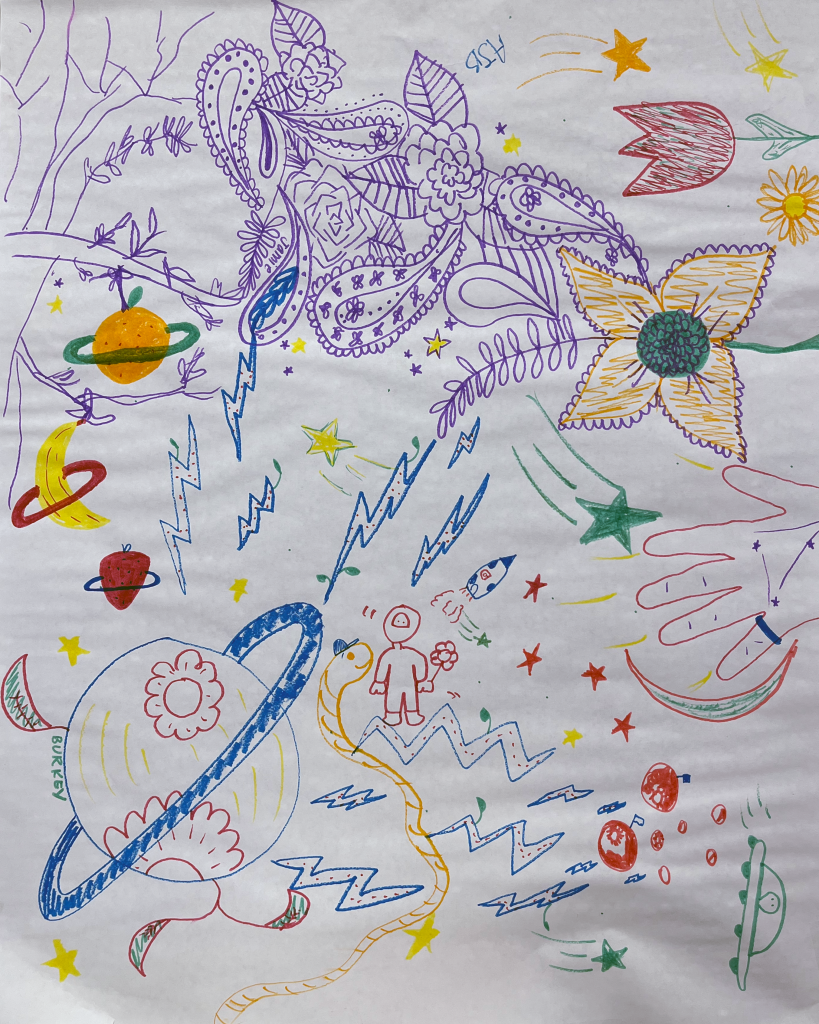The single most important principle I bring into any project is “Yes, And.”
When I was in college first learning “Yes, And,” it was in the context of an improvisational comedy troupe. We had some awesome shows, and we had some clunkers. I’ve had rooms of 500 people not laugh at my jokes, and if I couldn’t trust the people around me the way I can through “Yes, And,” I’m not sure I ever would’ve returned to the stage. I did, though, every time, and “Yes, And” made it happen.
“Yes, And” has two components: accepting and expanding.
Accepting is giving what someone else says and does a hug. It’s respecting the time and effort that went into whatever they did and through our words and actions saying “Yes, I accept this.” We set our buts, what ifs, and no actually’s aside – only yes. Yes, yes, yes.
Expanding is the harnessing of creativity we all strive for in our work. It’s taking that valuable thought someone else put forward and adding onto it, contributing meaningfully to their work, and furthering it along.
Expanding is adding to the thing they did or said. Expanding isn’t to show off or take the spotlight for ourselves, though. It’s about adding to whatever was started and making it better for the other person’s sake, or the project’s sake, or simply for the sake of it being better. It’s an egoless team effort.
“Yes, And” is empowering. We’re not devaluing, we’re not dropping the ball, and we’re not putting the onus entirely on whoever the other person is in our process. It gives the person putting forward their ideas the opportunity to take risks, and it gives everyone else a foundation from which to contribute.

At our last creative meeting, we put “Yes, And” into practice by starting with a single line and working with our teammates to create an entire image.
I like to summarize “Yes, And” this way: if we all are setting each other up for success, then we are all set up for success.
So what does this look like in practice? Here’s an example. The events committee is having a meeting to discuss ideas for the next winter holiday party. Person A says, “I think we should do a nutcracker theme.” Little do they know, Person B hates nutcrackers. Instead of crushing Person A’s idea though, Person B pauses, takes a breath, and remembers “Yes, And.”
First, Person B accepts: “Yes, I think that’s a cool idea. I like where you’re going with a more traditional December feeling.”
Then, Person B expands: “I am not the biggest fan of nutcrackers, maybe we make it an overall old-school feeling that can incorporate nutcrackers without them being the sole focus.”
In practice, it’s rarely a blind full acceptance followed by an idea on top. It’s usually more nuanced, like in this scenario, and that’s the expectation. “Yes, And” first and foremost is a foundation from which to build, not a prescription.
And when “Yes, And” enters into a team setting, it pays dividends immediately. Teams who practice Yes, And” will see higher:
Trust.
Teams that can trust each other’s ideas are far more likely to be comfortable enough to take creative risks, something important to any project. Safe ideas have their place, but the risks we take often surprise and delight our departments and clients.
Positivity.
There’s nothing more deflating in a conference room than someone putting forward an idea only to hear words like “no, but.” When a team is setting each other up for success, everyone wants to bring their best self. That starts with leaving outside emotions at the door and approaching problems with positive language. That makes a big difference in culture, mood, and approach.
Creativity.
Being creative is hard! It’s really hard. But when time is always valued even if the work misses the mark, it makes it much easier to jump back into revisions with the awesome “expanding” peers or managers provide.
We used “Yes, And” to transform shapes into fruits into planets.
All this being said: it’s still okay to say “no.” Not everything in life has to be a yes, and certainly, a no is the top answer for anything that goes against our core values. “Yes, And” functions as a guide for situations where we want to push something forward. There will be times when no is called for – stopping an idea, addressing an issue, correcting a wrong. For those moments of creative progression though, leaning on “Yes, And” can lead to tremendous results.
Incorporating “Yes, And” into life, whether on stage, in the workplace, or with friends, fosters an environment of trust, positivity, and creativity. By embracing this empowering philosophy, success comes from setting others up for success and also creating a world where collaboration and growth thrive, making everything awesome – one “Yes, And” at a time.